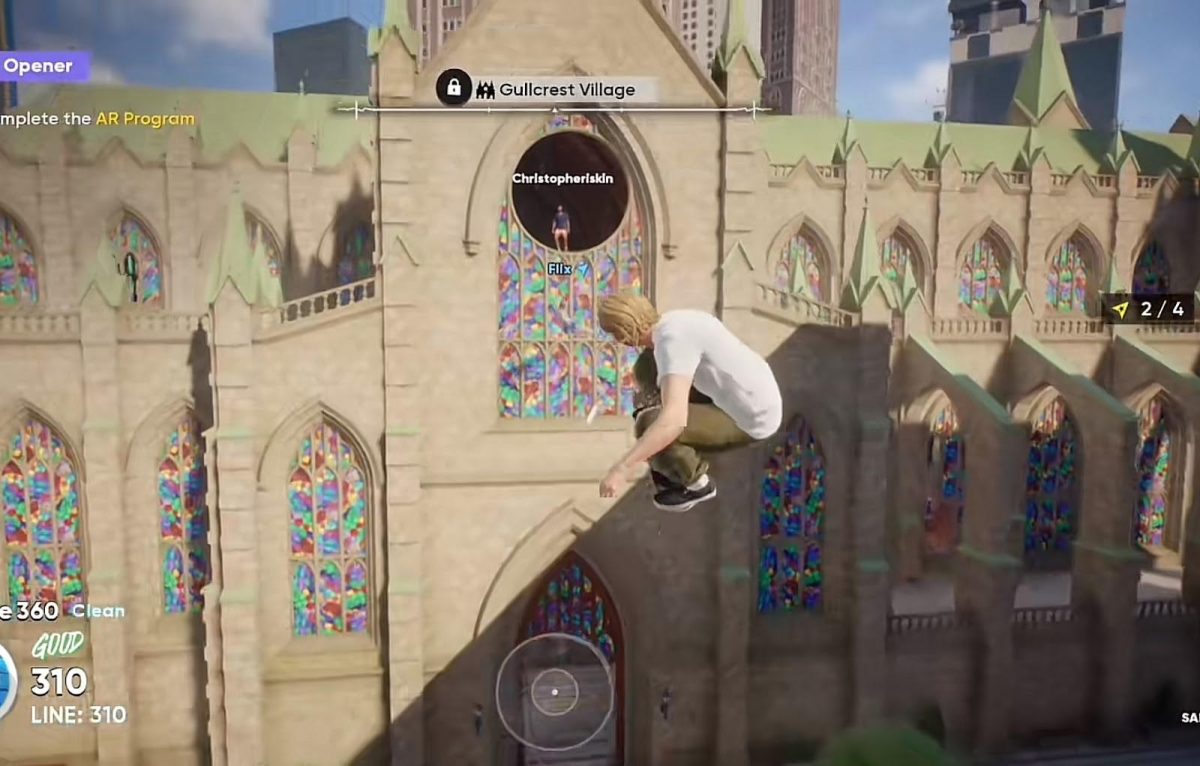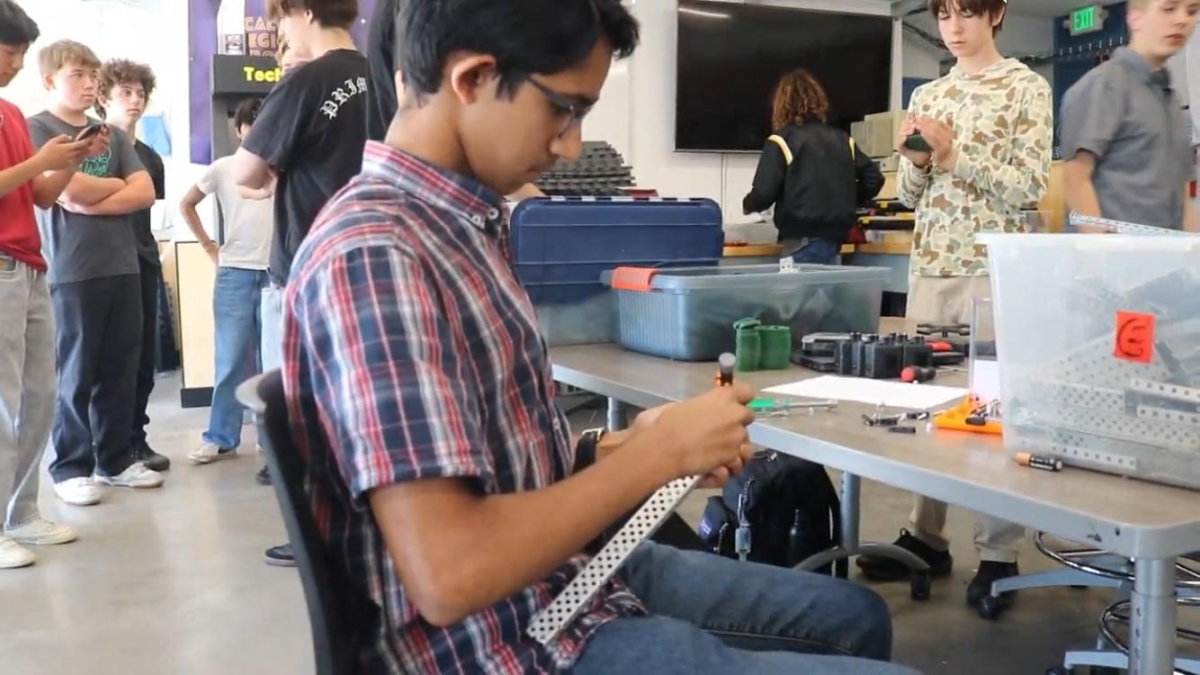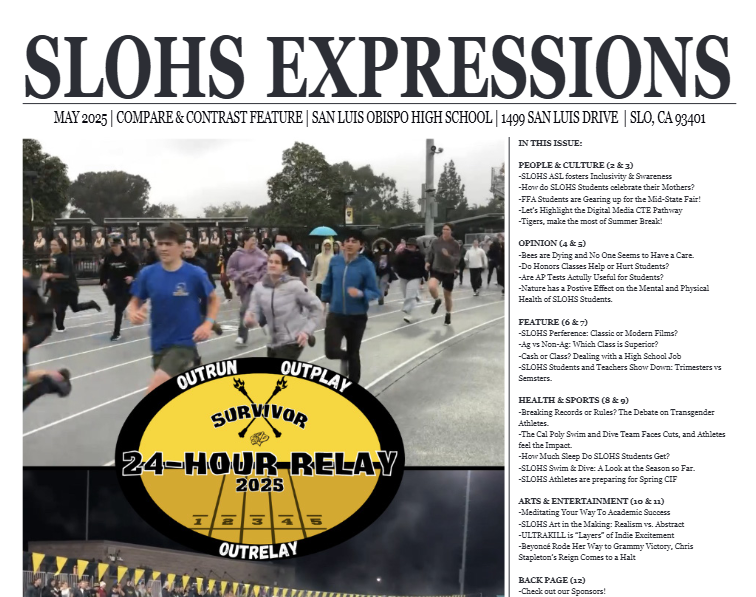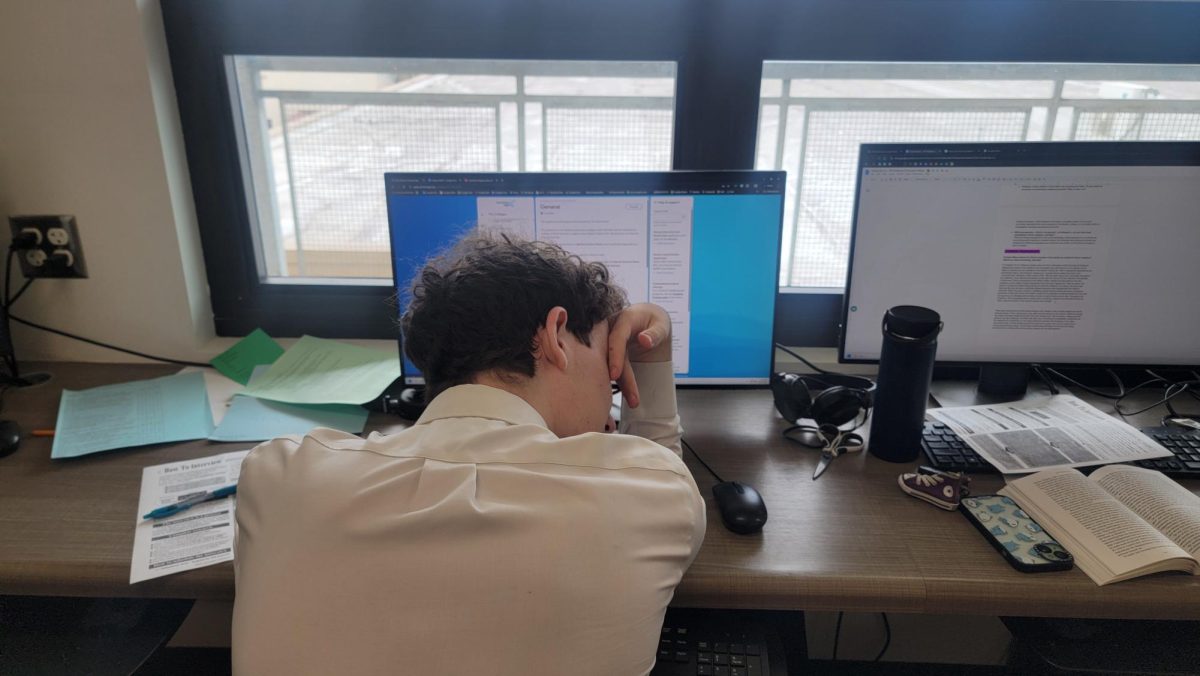The new strain of COVID is transmitted very easily. Graphic courtesy of Health and Sports Editor Vyolet Burrus.
After spending a year in quarantine and another wearing masks, it seems that COVID-19 is no longer present in the lives of San Luis Obispo High School students and for others around the world. That being said, more and more strains are being discovered, and the COVID-19 crisis is far from over.
As vaccines for COVID-19 are developed, new resistant strains continue to be discovered.
Last winter, the Omicron variant of COVID-19 infected many SLOHS students, and now, there is a new subvariant known as Eris.
“Like other variants, its mutations reduce our immune system’s ability to recognize it as either the same virus that made us sick last time, or as the virus we’ve been vaccinated against. It seems to spread more easily than its predecessors and is doing so right now, producing yet another wave of infections,” said registered nurse and former CIC infection control practitioner Dan Field.
The strain was first discovered in February 2023 but the infectious cases surged later in July. Eris is currently the dominant strain in the United States, and is estimated to account for twenty percent of the U.S. COVID-19 cases.
The new strain has spread very quickly, but thankfully, it has the same symptoms of COVID-19 that doctors already know how to treat.
“Everything we’ve seen to date with this variant suggests that it has properties that allow it to be a little more transmissible than its competitors, [but] we’ve not seen any evidence to date that it is more virulent,” said UC Berkeley infectious-disease expert John Swartzberg.
It is quite possible that the Eris strain could spread globally and lead to another quarantine situation, but it is still too early to understand the catastrophes that the strain could bring. Another strain known as Pirola has recently been discovered, but there are only a handful of people globally that have caught it, so there is little known about the strain.
“I don’t think we are very well-prepared for the new variants and this is mainly because of social factors. Only about a quarter to a half of the US population is expected to take the updated vaccine. We will continue to see infections, hospitalizations and deaths disproportionately affect people who refuse vaccines, and our whole society’s overall burden from this disease will continue to be a lot higher than it could have been if vaccination rates with updated shots were higher,” said Field.
Though it remains unlikely, some students worry about returning to distance learning.
“[If we went into quarantine again] I would be quite sad. Online learning would suck and my grades would be screwed,” said sophomore Hayley Nicoletti.
Medical professionals will continue studying the disease and treating the symptoms of those infected, but as of now, the infectious strain does not appear to be any deadlier than the other strains.
Staying up to date on vaccinations and staying home from school when sick will help prevent COVID-19 from spreading as well as any other illnesses.
Stay safe, Tigers!
Sources: yalemedicine.org, insider.com

































